IDC: NetApp Tanks, Huawei Banks As Storage Industry Realigns
IDC reports worldwide enterprise external OEM storage systems sales rose a mere 1.3 percent over last year, with the biggest changes coming from continue sales issues at NetApp while the China market, and China's Huawei, grab the growth baton.

Changes Afoot In Storage
It was a tough third quarter for storage this year. IDC on Dec. 4 reported that revenue for the worldwide enterprise external OEM storage systems market reached sales of $6.6 billion in the third quarter of 2019, up only about 1.3 percent compared to the same period as last year.
In terms of capacity, the vendors shipped about 17.3 exabytes during the third quarter, which IDC said was up 6.8 percent over the third quarter of 2018. However, when total capacity from external OEM storage systems, ODM storage systems, and server-based storage is added together, shipments declined 13.9 percent over last year to 98.8 exabytes.
While that shows there is still growth in that part of the storage industry, it is far from good news. Nearly all the largest vendors saw sales fall year-over-year in the quarter and the one major vendor to show very strong growth, Huawei, focuses on the China market.
Fortunately for the storage vendors, and the solution providers who work with them, the all-flash array storage business showed significant growth, which more than offset a slight decline in hybrid flash array storage sales.
For a look at how IDC defines the storage market in its quarterly report, and a look at some of the details behind the vendors' numbers, turn the page.

Change In How IDC Measures Storage
Starting with the second quarter of 2019, IDC changed how it reports the numbers in its press release. The press release includes only a subset of the analyst firm's IDC Worldwide Quarterly Enterprise Storage Systems Tracker, which the company makes available for sale.
The firm for years publicly provided vendor-specific details on two types of storage revenue. The first, worldwide total enterprise storage systems, measured the value of storage shipments including both external storage and storage internal to servers. The second, worldwide external enterprise storage system, measured the value of just the external storage shipped.
Starting with the last quarter, IDC breaks storage into three buckets:
* External OEM includes any purpose-built storage system that is physically separated from the application server/host and sold by a traditional OEM vendor such as Dell Technologies, HPE, or Pure Storage. These systems may be RAID or JBOD ("just a bunch of disks) systems, and can connect to application severs directly or a network such as a SAN or NAS configuration.
* Internal OEM refers to general purpose servers that have storage capacity within the server and are sold by traditional OEM vendors such as Cisco, Dell Technologies, HPE, or Lenovo.
* ODM Direct includes all systems sold by ODM vendors such as Quanta, Inventec, Wistron, and Wiwynn directly to such cloud builders as Google, Amazon, or Microsoft.
The external OEM storage sales data reported by IDC is consistent with the external enterprise storage systems sales data the analyst firm reported in the past.

Storage Sales Highlights In The Third Quarter 2019 vs. 3Q'18
According to IDC:
* Total external OEM storage revenue: $6.6 billion, up 1.3%
* Total ODM (original design manufacturer) storage sold to hyperscale data centers: %5.8 billion, down 6.8 percent
* Total external OEM storage capacity shipped: 17.3 exabytes, up 6.8%
* Total storage capacity shipped (including external OEM, ODM direct, and server-based storage): 98.8 exabytes, down 13.9%
* Total all-flash storage array sales: $2.58 billion, up 11.7%
* Total hybrid flash storage array sales: $2.4 billion, down 1.7%
* Total storage sales to the Americas fell 2.7% over last year, but sales to China grew 20.4 percent.
For a look at how the key vendors did, turn the page.
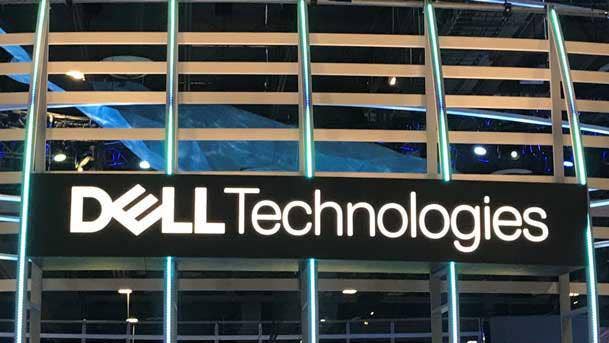
Dell Technologies: Still Tops, But The Suspense Is Killing Us
Dell Technologies saw OEM external storage revenue in the third quarter of $2.08 billion, down 0.9 percent, according to IDC. That was enough to give Dell a 31.5-percent market share in the quarter.
Dell's storage business is characterized by multiple lines it has acquired over the years, including those purchased by EMC before it was acquired by Dell. Those lines, for the most part, feature incompatible storage operating systems. Dell has made some moves to build compatibilities between them, but a wholesale change, while simplifying its storage business, would risk opening the company's customers to competing products if they found out that a particular product they use might be discontinued.
Dell is trying to fix that. The company has been talking about a new midrange storage line, as yet unnamed but called "Project Trident" or "Midrange.next," that might replace the company's SC, XIO, and Unity midrange product lines. It had been expected to be unveiled by the end of 2019.
Dell, because of its server business, also has a strong presence in the server-based storage market.
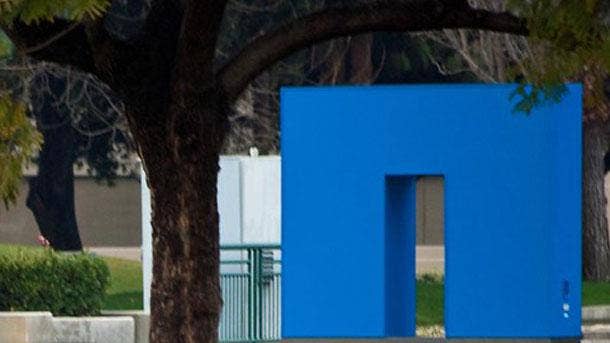
NetApp: Clinging To The Number Two Spot, But For How Long?
NetApp is still the second-largest external storage vendor with sales of $651.7 million, giving it a 9.9-percent market share. However, that sales figure is down a whopping 19.4 percent over last year, giving third-place Hewlett Packard Enterprise an opening to take over the number two spot in the near future.
NetApp in mid-November reported its overall second fiscal quarter 2020 revenue at $1.37 billion, which was down just under 10 percent year-over-year. However, the company reported product revenue of $771 million, down nearly 16 percent year-over year. As bad as that was, it was an improvement from the company's first fiscal quarter 2020 results.
NetApp attributed the shortfall macroeconomic headwinds, and is making changes in its sales force it hopes will restore growth. More importantly, it is banking on new cloud technologies as well as new programs like NetApp Keystone for future growth. NetApp Keystone, introduced in October at the NetApp Insight conference, introduces the ability to treat all storage, whether on-premises or in multiple clouds, the same regardless of whether it is purchased or consumed as a service.
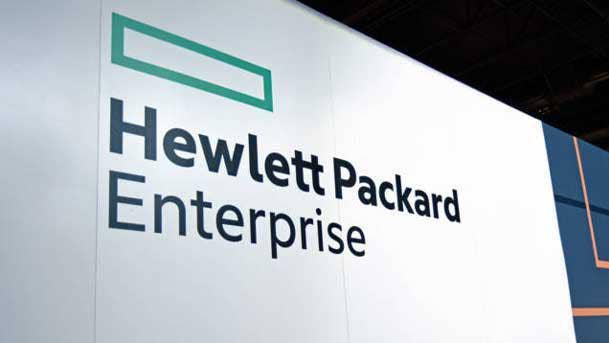
HPE: Within Striking Distance Of Number Three
During the third calendar quarter, Hewlett Packard Enterprises' external OEM sales reached $632.2, which IDC said was down 4.6 percent over last year. That had to be a disappointment for HPE which IDC in the second calendar quarter said enjoyed year-over-year growth of 13.5 percent, which let it temporarily occupy the number two spot in the list of top storage vendors.
Like Dell, HPE also has a big server-attached storage business thanks to the strength of its server business.
HPE is banking in part on the current rollout of its new HPE Primera all-flash storage platform which the company said combines the analytics and simplicity of its Nimble storage line with the mission-critical capabilities of its 3Par storage line.

Huawei: Meet The New Storage Juggernaut From China
While business users and solution providers in the U.S. and a few allied countries will seldom if ever see Huawei-branded storage thanks to government concerns about Huawei's potential ties to China's government, customers in many countries worldwide have accepted Huawei's growing storage business.
Looking for proof? While the storage business in China as a country grew in the third calendar quarter by just over 20 percent compared to last year, Huawei's external OEM storage sales grew by a whopping 49.6 percent over last year to reach $463.5 million, vaulting the company to the number four position on the leader chart.
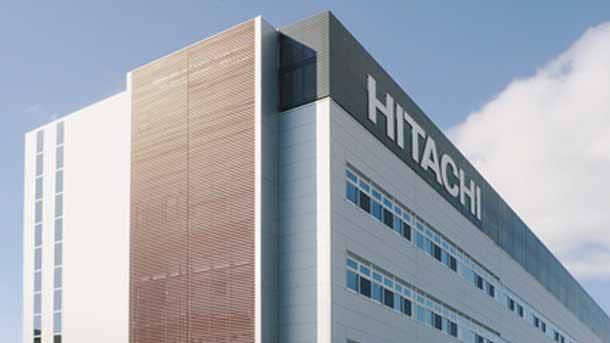
Hitachi Vantara: Bye-Bye To Growth?
Hitachi Vantara, the company that includes the former Hitachi Data Systems storage business, saw its third calendar OEM external storage sales fall 0.4 percent over last year to $407.1 million. This had to be a disappointment to Hitachi Vantara which in the second quarter saw its sales rise by 8.6 percent, according to IDC.
This drop came despite the October introduction of Hitachi Vantara's VSP 5000, which the company defined as the fastest NVME array on the planet.
Hitachi Vantara does not publish quarterly financials or otherwise publicly disclose storage revenue.
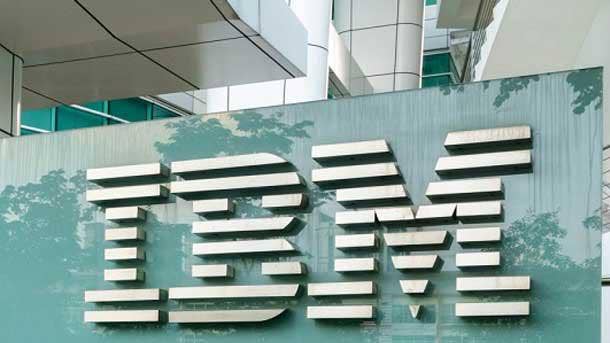
IBM Ekes Out Rare Growth
IBM's storage array business has faced difficulties since IBM got out of the industry-standard server business, and the company has been counting on its industry-leading storage software for growth in the storage business. However, in the third calendar quarter, IBM actually managed to enjoy a 1.8-percent growth to reach $398.4 million.
IBM in the third quarter expanded its storage line with new NVMe flash-based appliances targeting artificial intelligence, data analytics, and containerized storage.
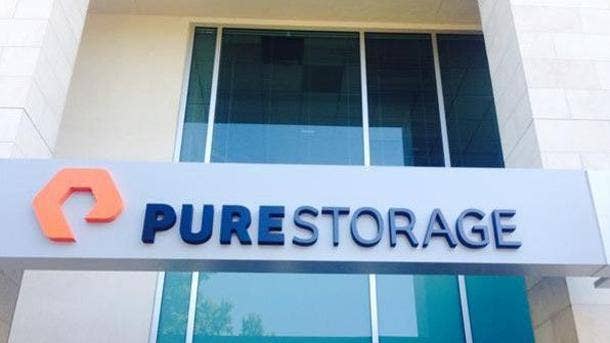
Pure Storage Not In The Top Vendor List, But Soon
IDC, in its quarterly press release looking storage industry growth, includes the top six vendors, which might seem like an odd number until one knows that it counts Huawei, Hitachi Vantara, and IBM as statistical ties because their market share numbers are less than 1 percent apart.
Moving up to the list of top vendors in the near future is Pure Storage. Pure Storage in late November reported overall revenue for its third fiscal quarter 2020, which ended Oct. 31, of $428.4 million, up year-over-year by about 15 percent.
Revenue specific to Pure Storage's products, which are focused on the all-flash storage array market, reached $323.3 million, up year-over-year by over 8 percent.